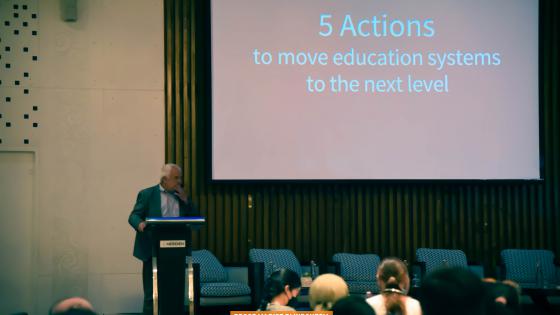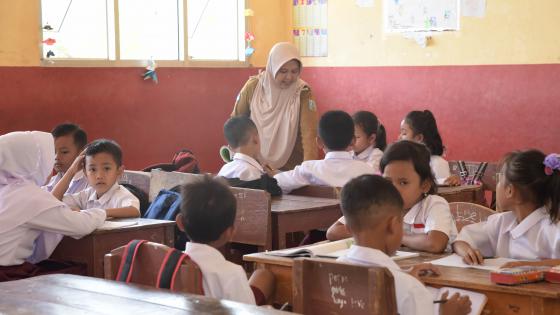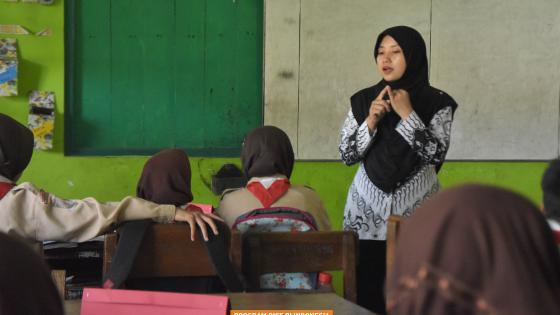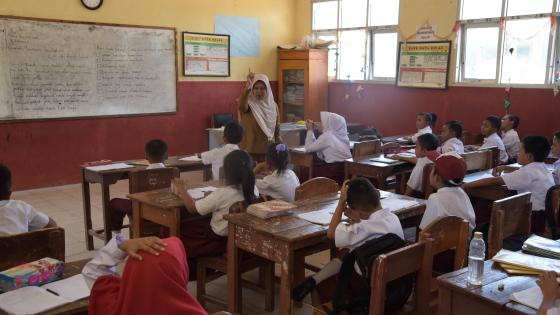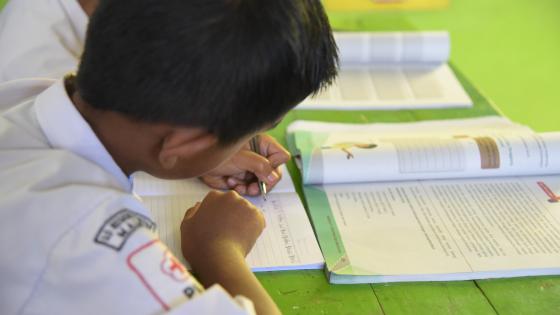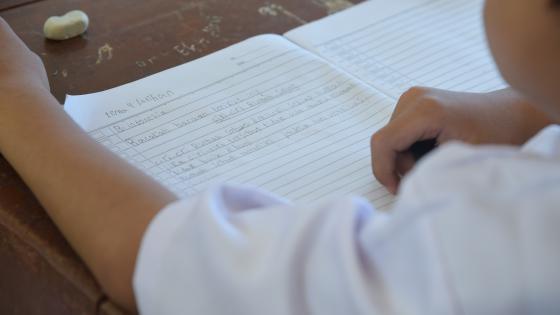Photo illustration: Tony Liong
This article is part of the Teacher's Note series on beginning teacher's greatest challenge in teaching.
As a teacher, I must be able to teach and educate students. Teaching is related to providing or transferring knowledge to students. Educating is related to providing values and norms (character education) to students, commonly called the transfer of value.
Being a home teacher responsible for educating 32 students is not an easy feat. There are 32 students with different characters. Some like to talk, some like to ask questions, some are quiet, and some are critical. Some children can quickly grasp the lesson but are slower in understanding art. Other children are good at art but need more time to learn mathematics. There are many other children's characters.
For me, the biggest challenge in teaching is improving the ability of the 32 students with 32 different characters and abilities. This difference creates a gap between children who quickly comprehend the lesson and children take longer to understand. When I give an independent math assignment, for example, some children complete it quickly and correctly, some work slower but can answer correctly, and some answer incorrectly.
Using Various Learning Methods
I use many learning methods such as discussion, question and answer, lecture, games, quizzes, outdoor learning, and others in the class. Of all the methods, I use the first three the most.
I arrange the classroom seating for group learning so that students can discuss in groups. Initially, I allowed the children to choose their preferred groups. However, this was ineffective because I saw wide gaps between the groups. Therefore, after the first-semester midterm assessment (PTS), I rearranged the group seating.
Now I arrange so that every group to consist of both fast learner and slower learner students. This way, the fast learner students can help their group peers comprehend the lessons.
Positive and Negative Impacts
The group seating arrangement has had positive and negative impacts. It's positive as some groups can discuss effectively where the fast learner students help their group peers, increasing both their own and other's abilities.
Another positive impact of this group learning system is that it quiets down the noisy classroom. I think this happens because I intentionally put together the talkative children with those who are quiet.
On the other hand, the system also has negative impacts, namely some students refuse to assist their friends. Also, with the group seating, students find it easier to cheat on tests or independent assignments—particularly those who take longer to understand the lesson. Their test results might be good, but they couldn't explain their answer to me. I constantly remind the students to be honest in working on their assignments and tests.
*This Note was written by IK, a primary school teacher in Yogyakarta.
**All articles published in the Teachers' Notes are the views of the authors. They have been edited for popular writing purposes and do not represent the views of RISE Programme in Indonesia or RISE's funders.


